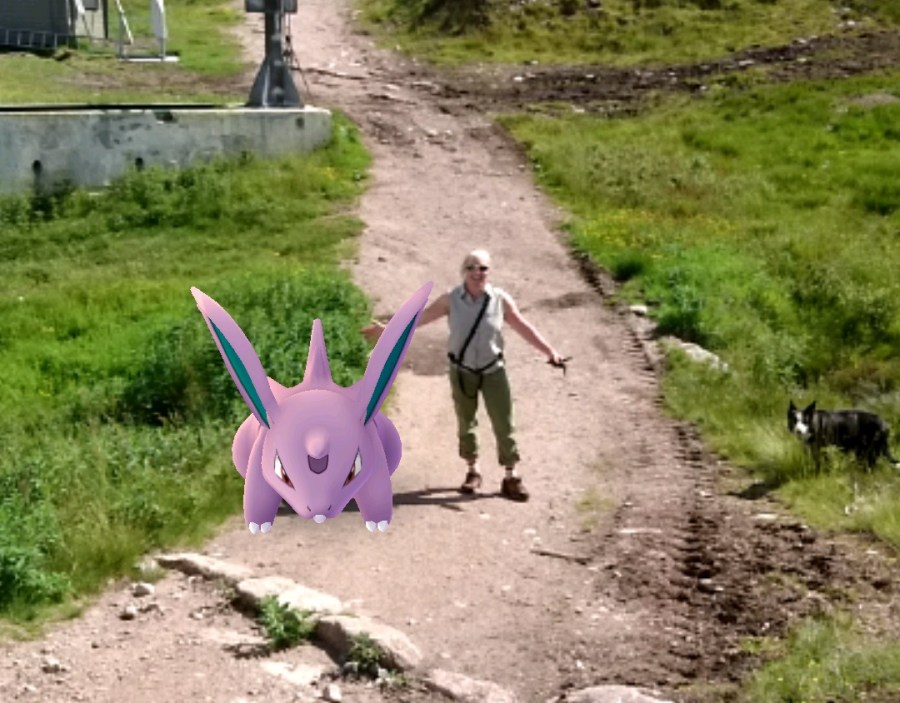Pokémon Go fans have been warned by the Mountaineering Council of Scotland (MCoS) to make sure they don’t just go, but also come back – safely
The craze for collecting virtual Pokémon characters via a phone app has delighted youngsters (and the young at heart) and mystified everyone else, as collectors track down the characters through the GPS feature in their phones.
But mountain safety experts have reminded fans that – though there are undoubted health benefits from getting outdoors and active – they need to be aware of where they are and how to get home again.
Heather Morning, Mountain Safety Adviser with the Mountaineering Council of Scotland, said: “From a mountain safety perspective there are clearly a few issues here. It is not difficult to imagine a situation where a Pokémon Go gamer finds themselves lost and unable to find their way back to safety. It would be equally easy to see how someone could put themselves into danger focusing on their game rather than focusing on the ground in front of them.”
Her comments come after she discovered “purely in the course of research” that Pokémon Go characters can be found aplenty even in the Cairngorm mountains.
She added: “Another aspect of Pokémon Go is the game’s ability to eat your battery life. All the biggest battery-eating culprits are in action, and your screen is the biggest battery hog. On top of that, you will be using your camera, so that you can see the Pokémon in the real world. And to top it all off, the ever hungry GPS is a must to find the Pokémon in the first place. A classic combo for a dead phone very quickly.
“If your phone is your only tool for navigating your way out of wherever you have found yourself, then you are in for trouble.”
Having spent a day wandering the hills with one eye on the phone, Heather admitted: “It’s a fun game, and it does encourage folk to get out and about and enjoy the great outdoors with all the health benefits that brings. However, gamers need to be aware if they are playing in an area that they are not familiar with – particularly in the mountains – that they should very much stay ‘switched on’ to where they are and how to get themselves home safely.”







